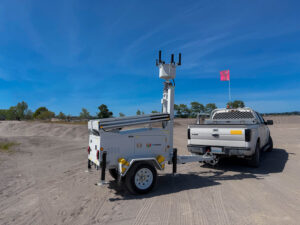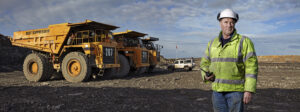
Extreme weather poses serious challenges to industrial networks. From the freezing cold of winter to heavy rain and strong winds, each weather cycle brings its own set of risks. Industrial connectivity and operations in remote or tough environments—like mining, construction, and utilities—are especially vulnerable. Without the right network equipment, companies could face unexpected downtimes, costly repairs, or even total system failures.
At Northwest Towers, we understand the critical role that reliable industrial connectivity plays in maintaining smooth operations. Our industrial-grade network solutions are designed for harsh environments, ensuring your systems remain resilient and operational, no matter the conditions.

When temperatures plummet or soar, your network can suffer. Cold conditions make materials brittle, while heat can weaken cables and cause signal interruptions. Choosing temperature-resistant equipment is the first line of defense.
Equipment failures in extreme temperature environments can be costly and challenging to fix due to difficult access or the need for specialized tools or expertise. Industrial-grade equipment is engineered for durability, which reduces the likelihood of failures and minimizes downtime, making it a more cost-effective solution over time.
Water is one of the biggest threats to your network. Rain, snow, and ice can damage cables, cause moisture ingress, and disrupt industrial connectivity. In regions with heavy storms, having moisture-proof solutions is essential to avoid downtime.



